logline
A rebellious teenage drummer must prove to her traditional Iranian father that she can reconcile her culture with her passion for the 1980s punk scene.
ROGUE premiered at SIFF- Seattle International Film Festival on April 8-18th, 2021
Over $20,000
raised through Seed&Spark crowd-funding by
73 independent contributors
writing
My cowriter, Ariana Skeeland, and I had become close friends throughout college. While studying in Budapest, Ariana came up with the original story of Rogue. Inspired by the diverse, female-led coming-of-age story and the world-building potential of a 80's punk film, I asked if we could partner up and make this film as my capstone thesis-film.
They ran a very successful crowdfunding campaign on Seed&Spark where we raised over $10,000, and then independently raised an additional $9,000 to fund the film. We are re-writing the feature script together in conjunction with the short film entering the festival circuit.
Vision
From the beginning, I knew I needed to capture the heart of our teenage girl’s rebellious story: the contrasting intersection between the traditional Persian life and the California urban-punk world in which the character exists. These identities housed within the 1980s proved a unique opportunity for production design and shooting formats, reminding me of the importance of authenticity. I knew I wanted to reflect the narrative visually through texture, color, and set design.
Cinematography
Griffin Voth (the Director of Photography) and I decided to shoot on the Super 16MM with vintage glass — an old Super Speed zoom. The film’s intimate look at a father-daughter relationship also lent the raw nature of film to enhance the emotional story.
"The 16MM medium itself provides unique texture that can’t be recreated when shooting digitally."
The zoom was used in capturing crash zooms during the concert, stylistically evoking old MTV music videos. I opted to shoot in a tighter 4:3 aspect ratio to support the intimacy of the narrative story and mimic an age of television viewership.
In addition to the SR-3, we shot mixed Super 8MM. This became the cinéma vérité of the film: an homage to punk cinema pre-1993, authentic black-and-white handheld. Several years ago, my grandfather gave me his Super 8 camera. I wanted this piece of personal home video history to function as the visual transition toward the surrealist shift in the final encounter.
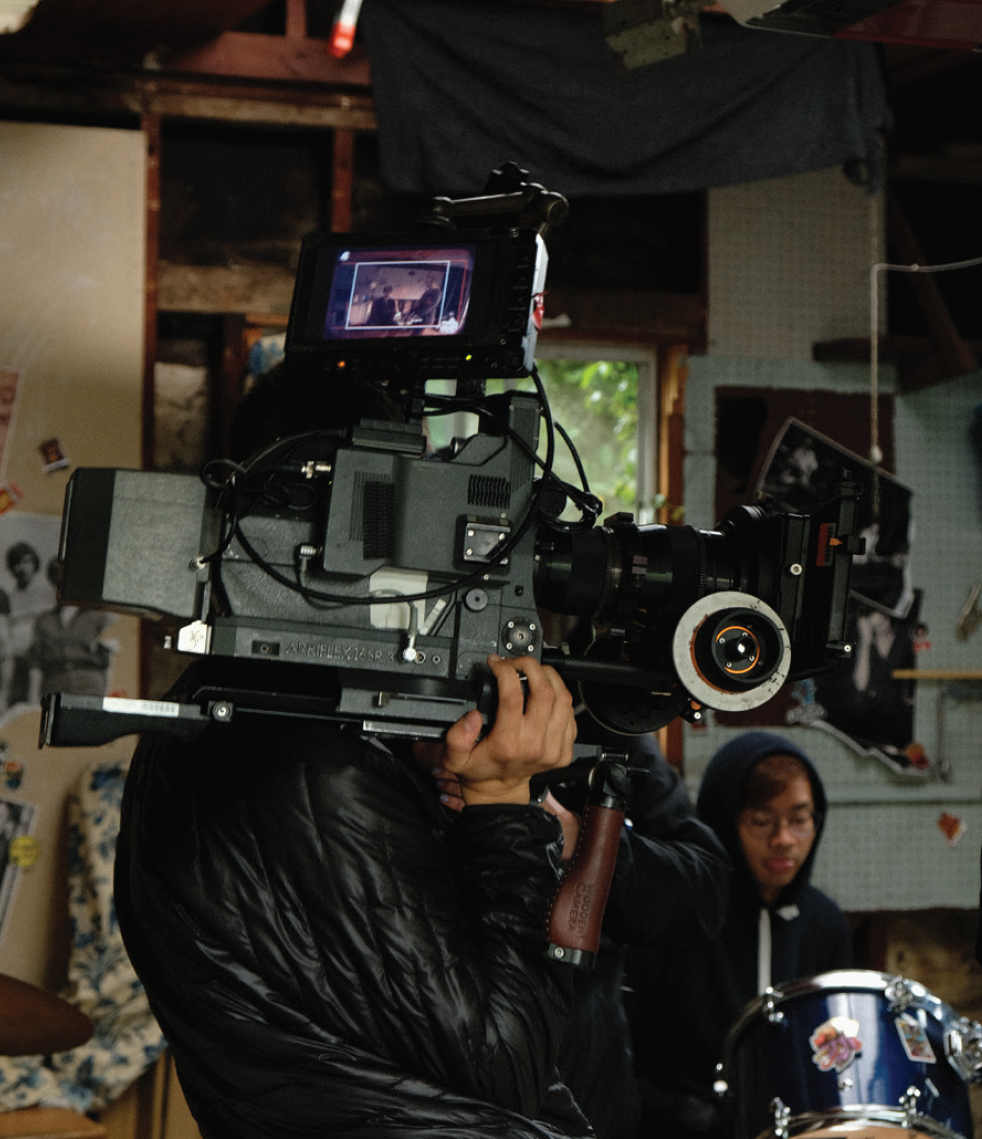

COSTUMING
Costuming, makeup, hair, props, and set dressing required a great deal of research, resourcing, and recreation. I pulled together a fantastic team. The costume designer, Renna Hidalgo, researched for months about historically accurate wardrobe, navigating the visual nuances of Iranian immigrants following the 1979 Iranian Revolution.
" . . . researched for months about historically accurate wardrobe, navigating the visual nuances of Iranian immigrants following the 1979 Iranian Revolution."
Hair design was executed by Olivia Piraino. She researched 80’s hair and together we colored and styled to the individual characters.

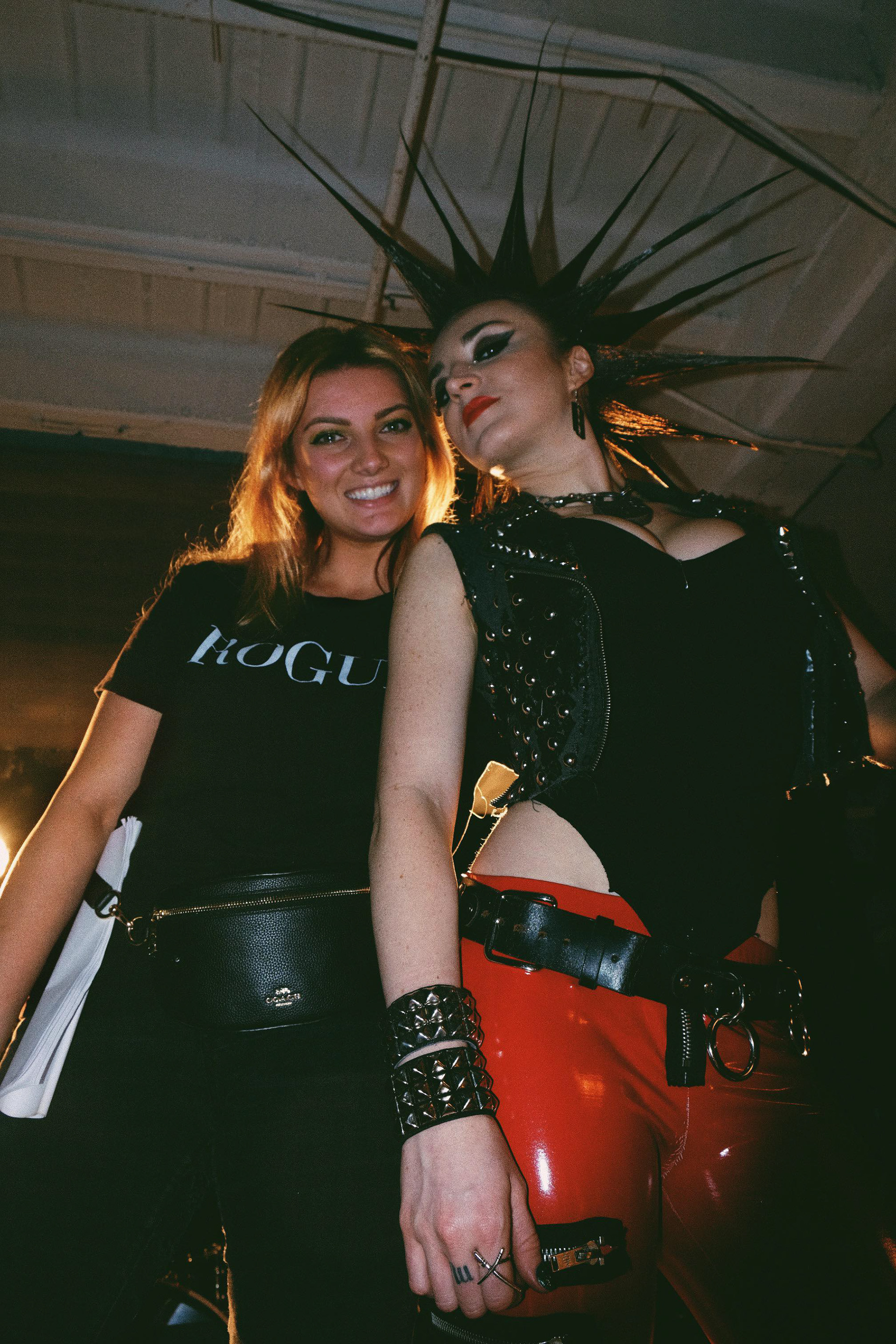
Location
The Persian home belonged to a Persian family friend. Sonja Bales, the production designer, and I collected 80’s props and furniture that fit the color of the scenes. The color choices - vibrant blues, greens, and reds of the punk world - needed to be telling a different story from the the drab earth tones in the Iranian house. She collaborated with Persian friends to seek out the elements that make up the Persian New Year dinner and its tradition.
Casting
The real challenge, and among our primary objectives, was to achieve ethnically authentic casting. Numerous actors from varying ethnicities auditioned for our film, but our goal from the start was to cast Iranian actors as Iranian characters. We were beyond fortunate that we were able to accomplish this, and that our actors ended up being so well suited to their characters. This proved helpful when, after the sudden urgency of the pandemic, many of our Iranian extras were forced to back out of the production. Our main cast enthusiastically invited their family members to play background extras for the Persian New Year party scene. As a result, that day of filming had the air of a true Persian “mehmooni,” or gathering, thus fulfilling our efforts at achieving authenticity in our film.
CREW
This film’s crew was forged by friendships. Having three women at the helm of this project naturally led to over 50% of the crew being women. We were conscientious of seeking racial diversity among all our crew members as well.

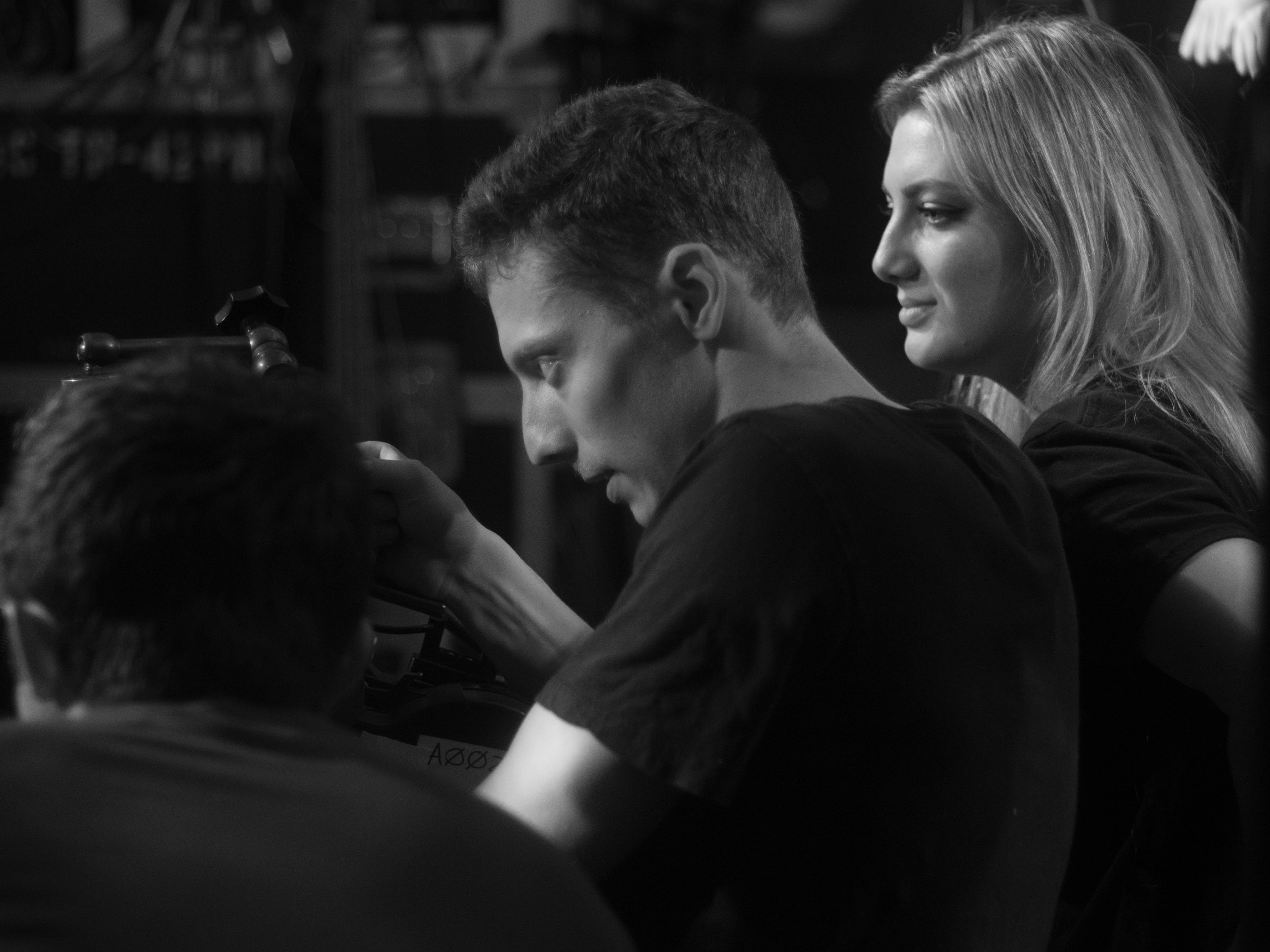
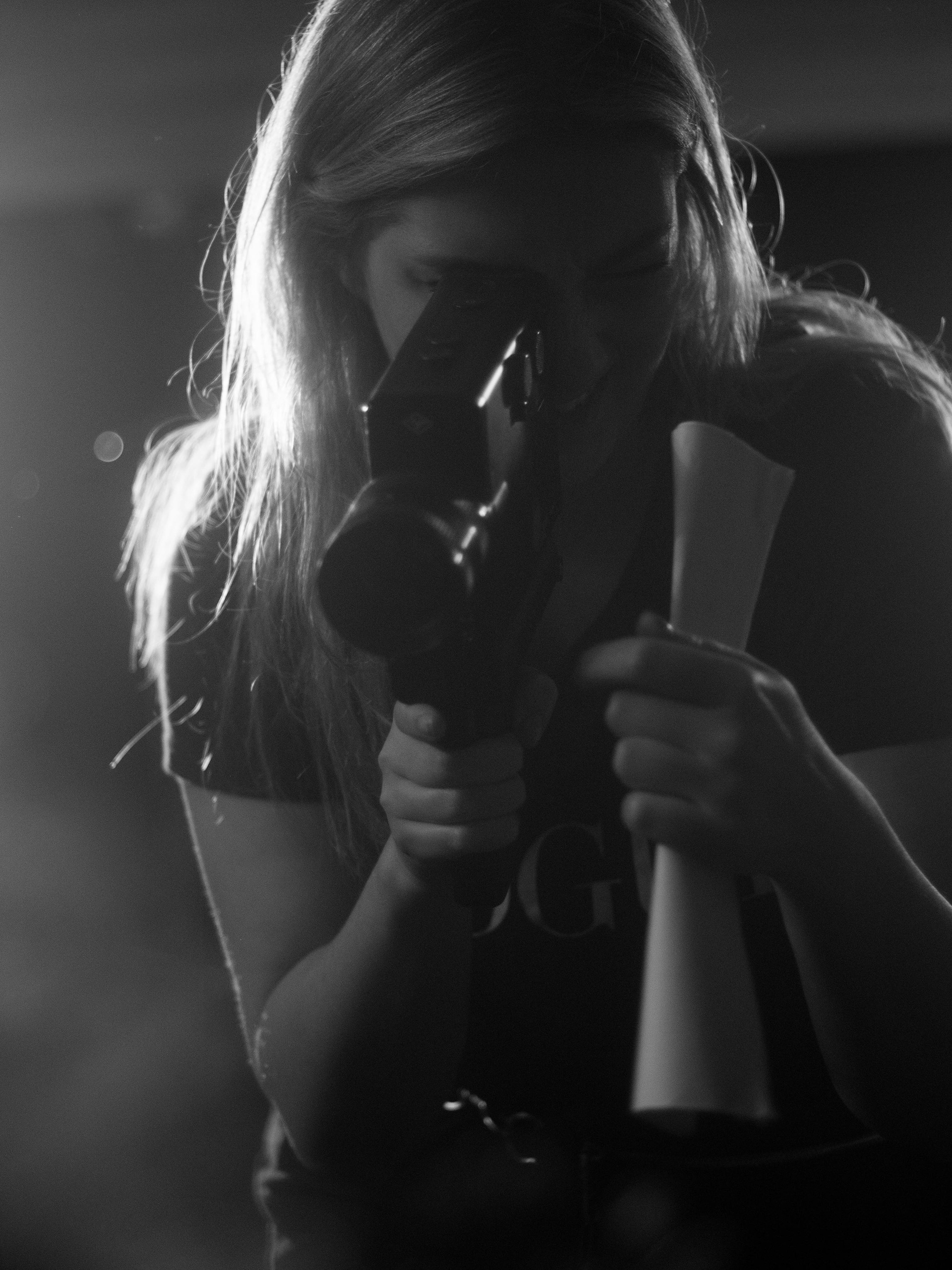
on-location
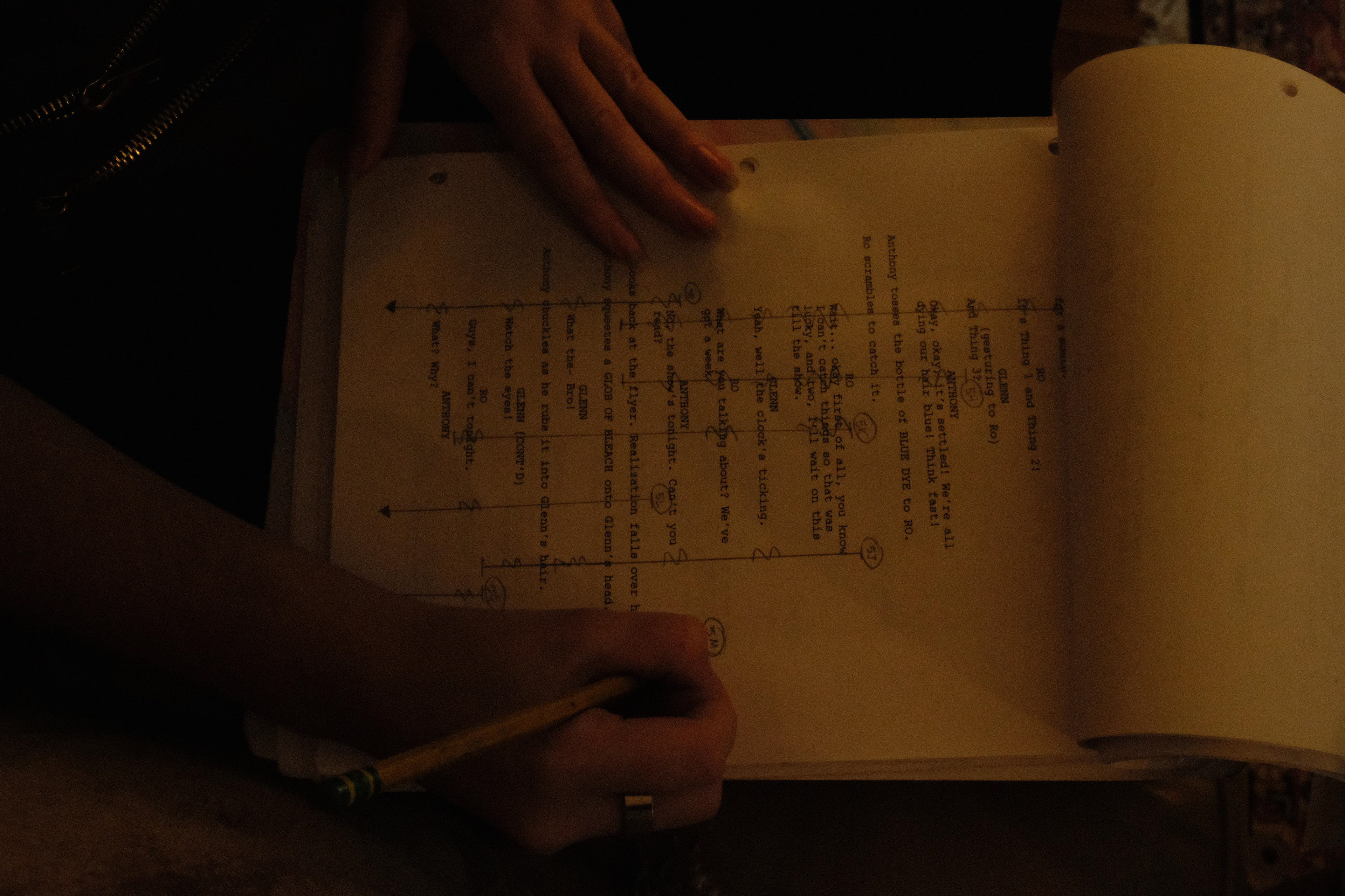
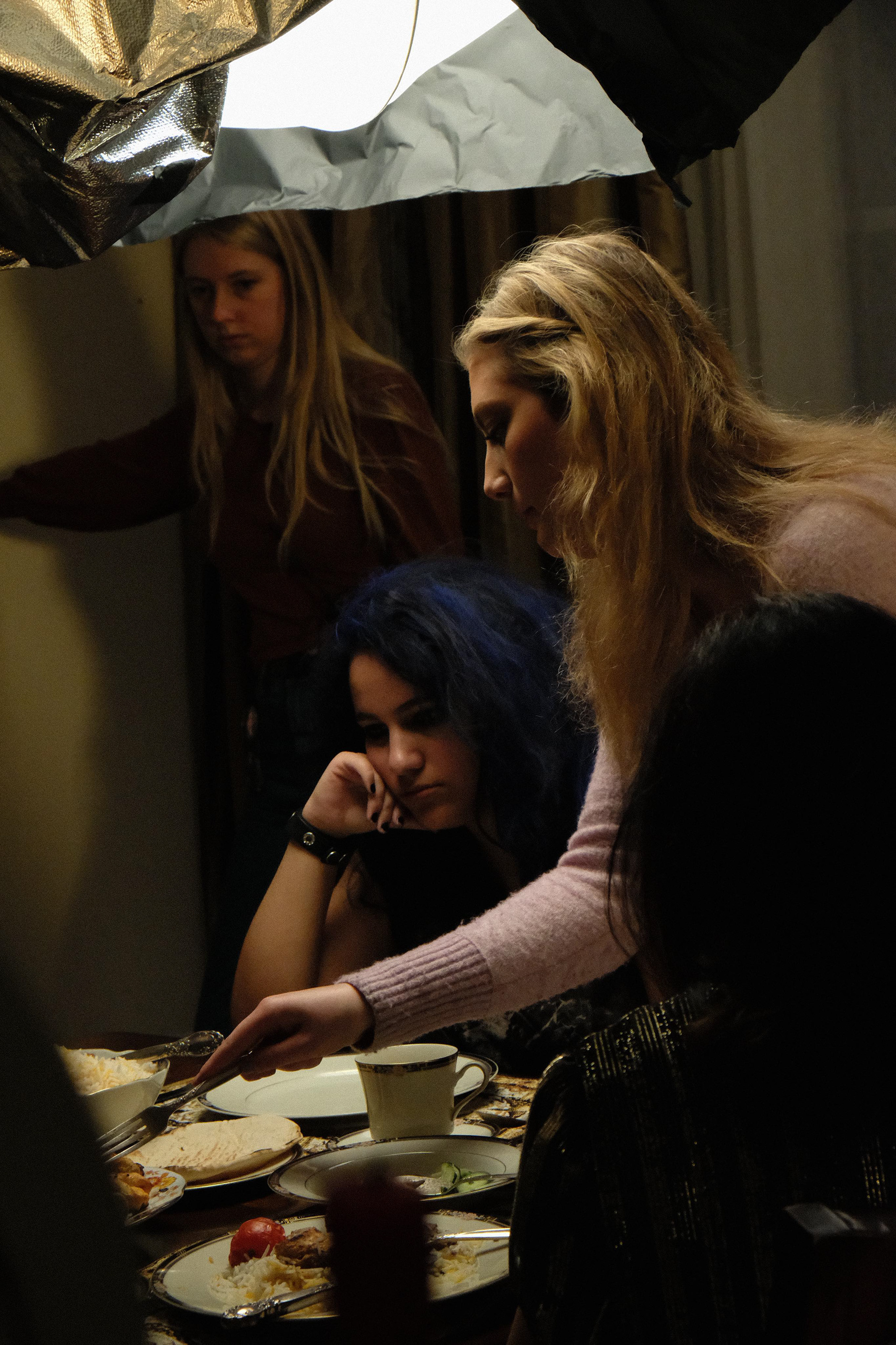

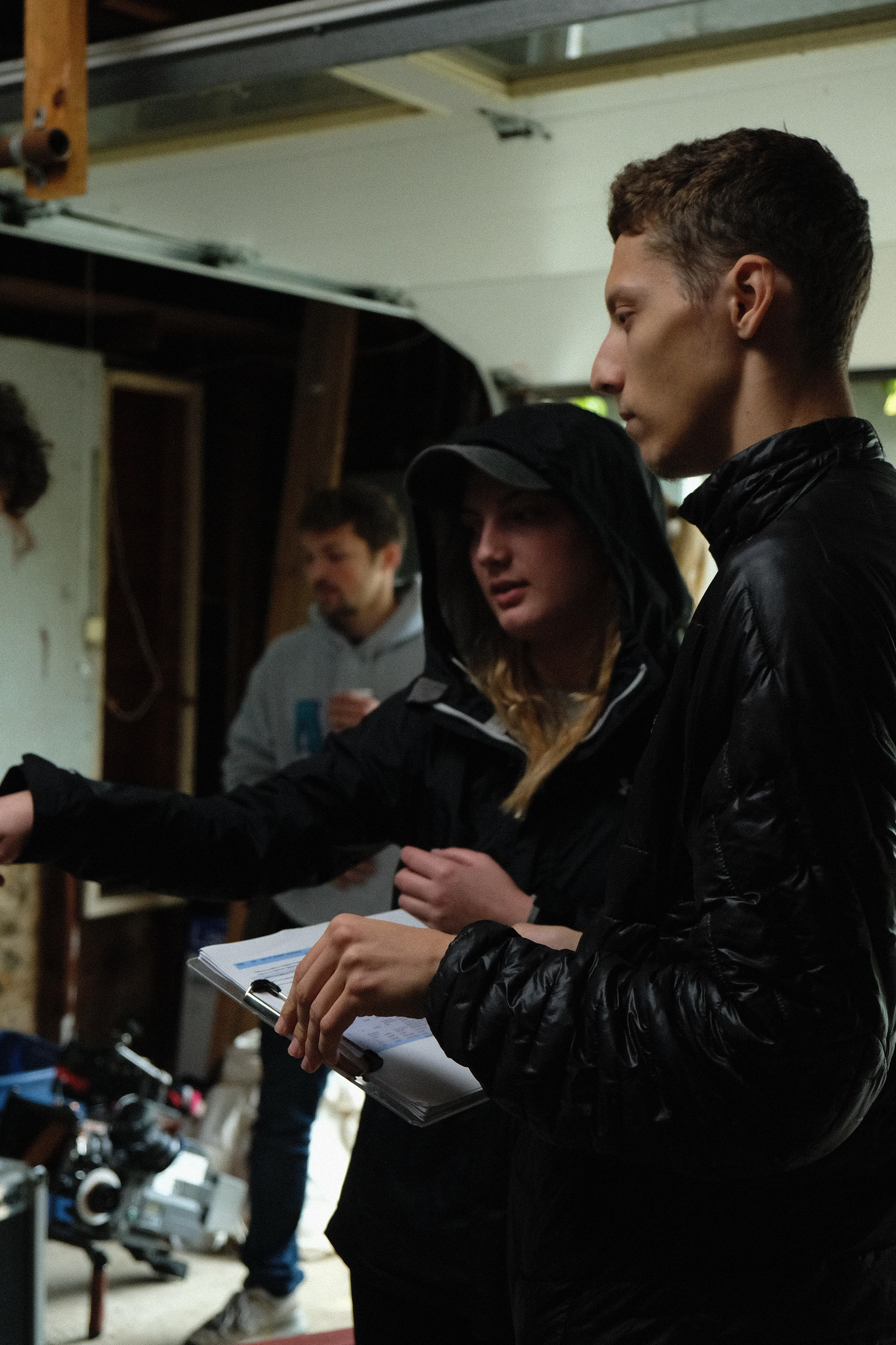
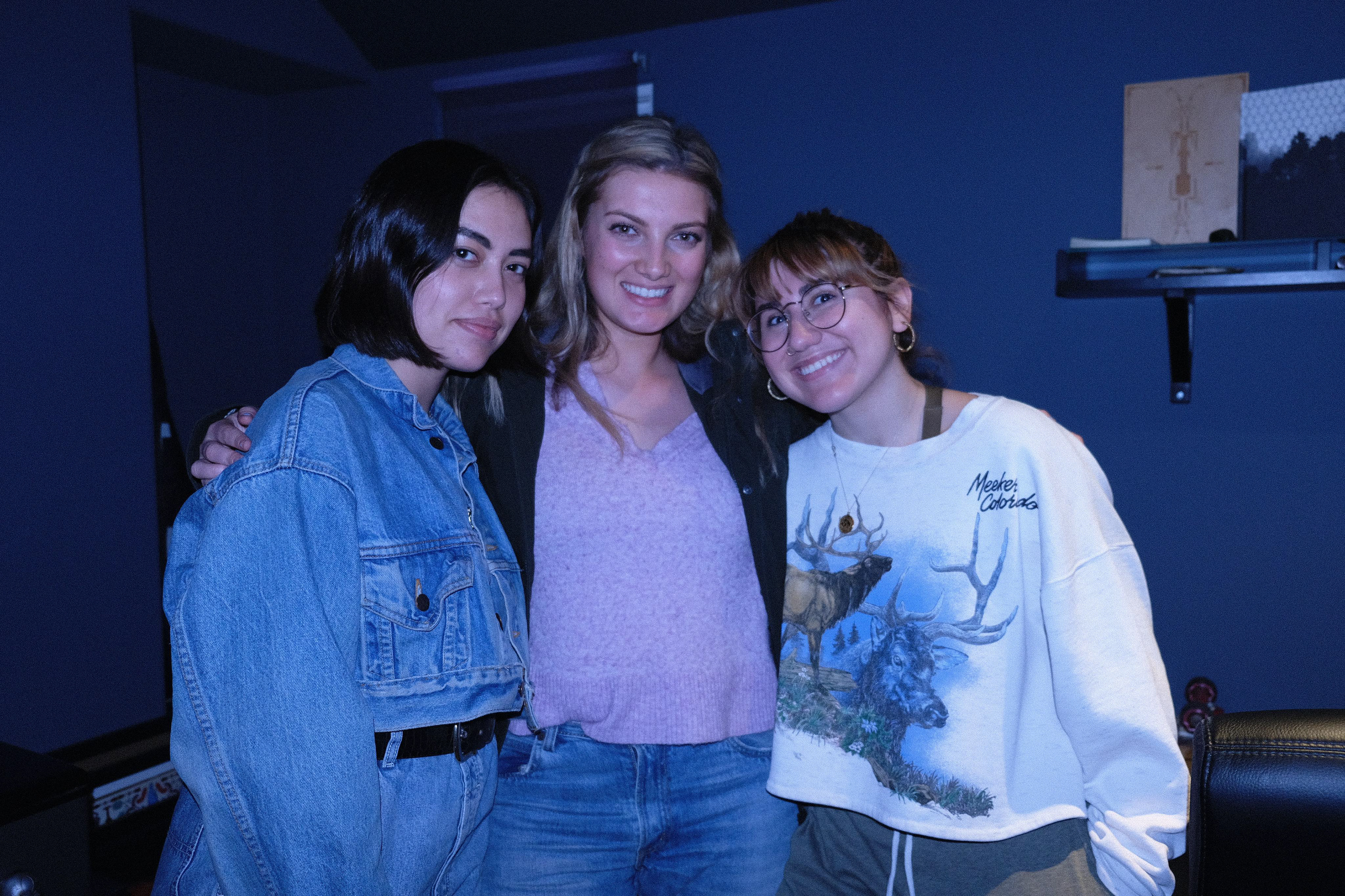

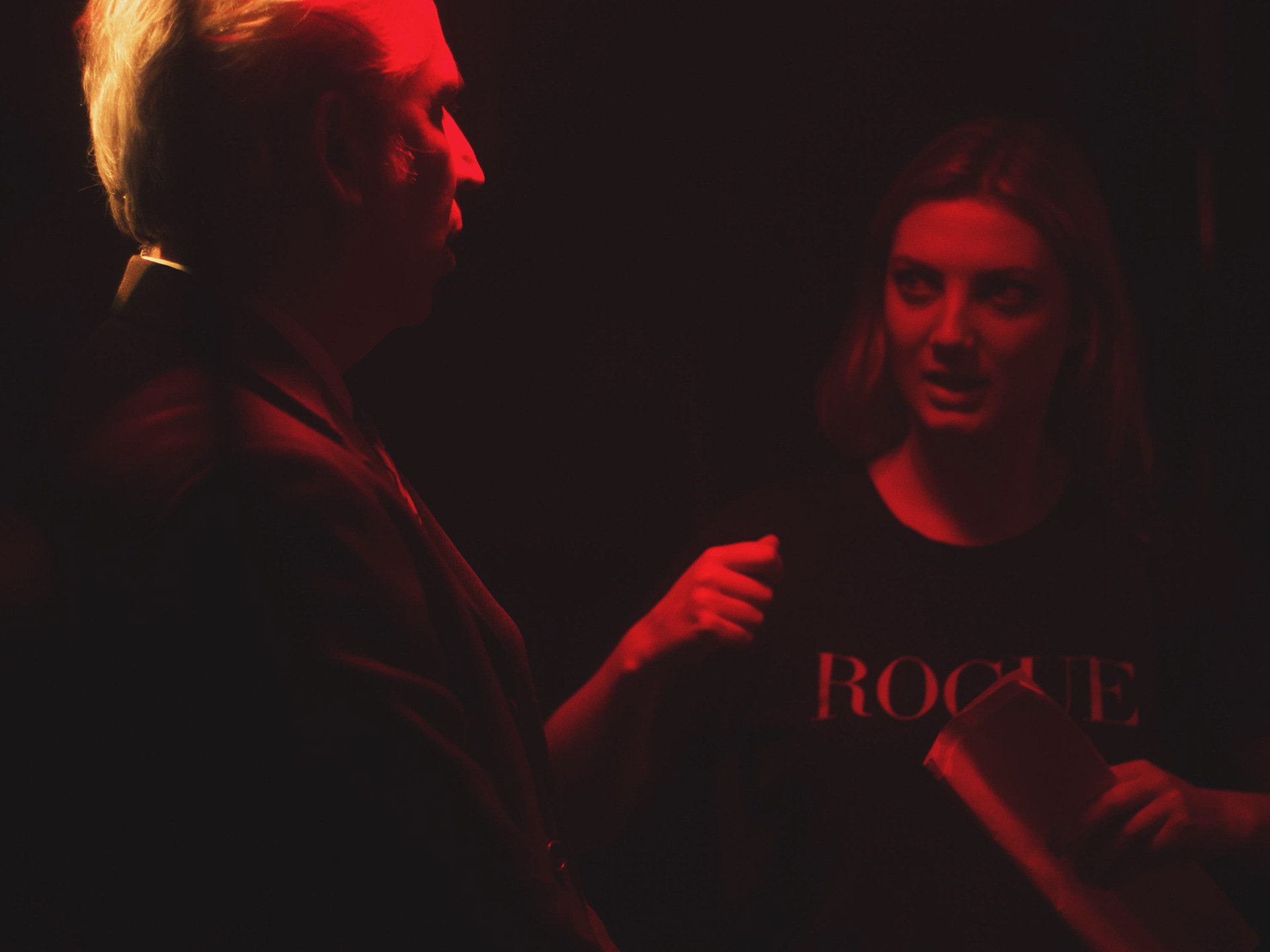
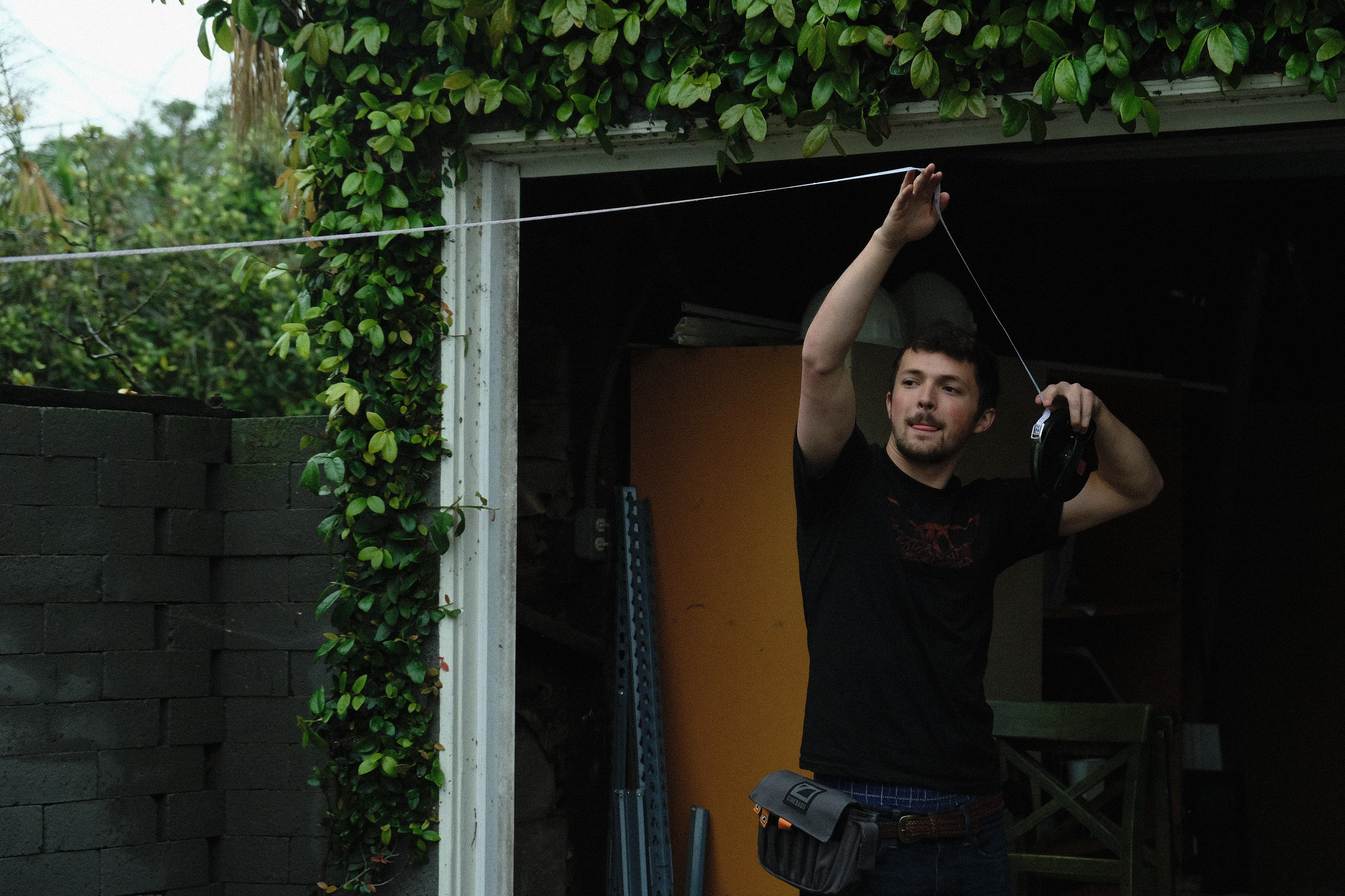
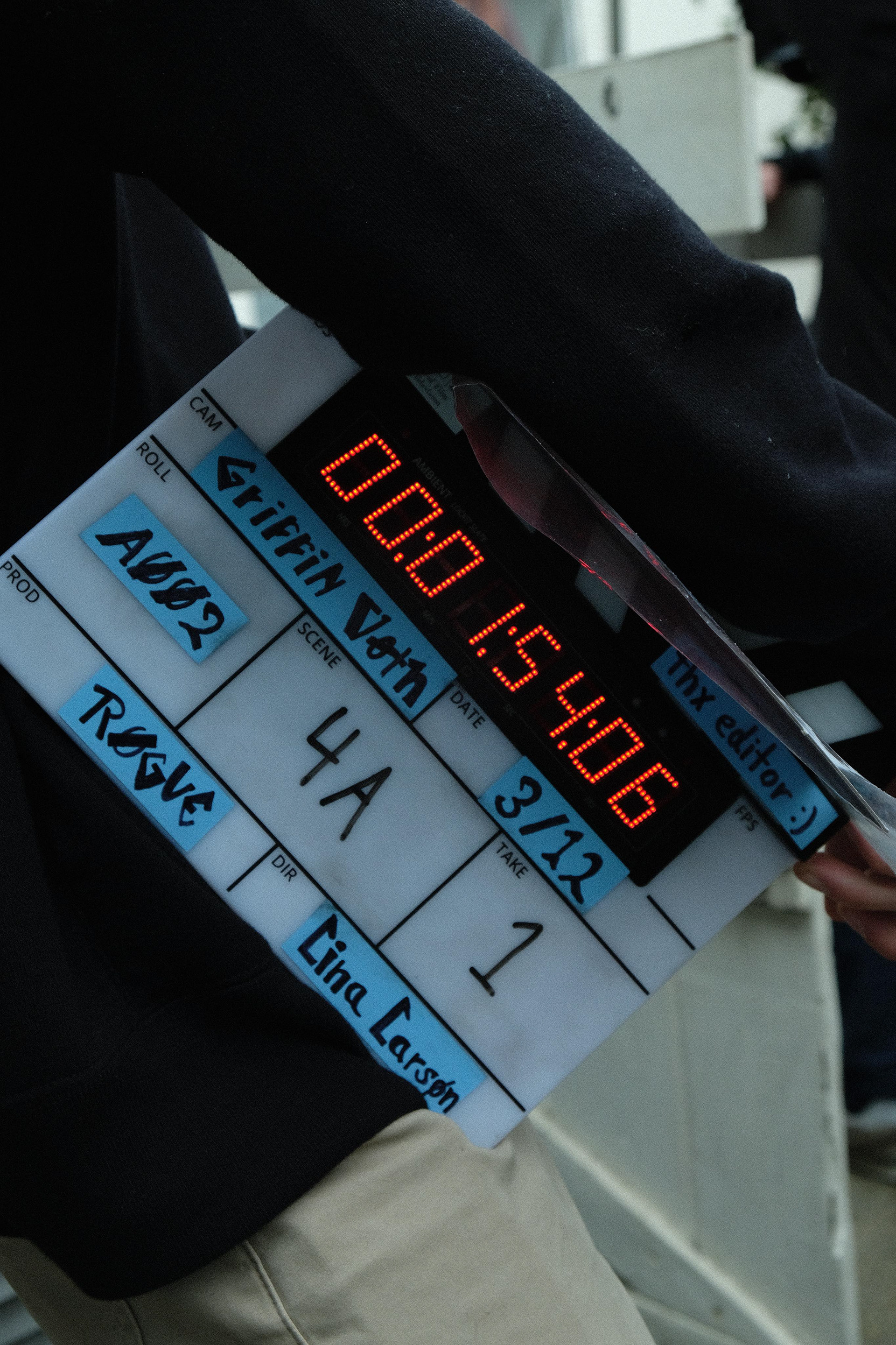

WHY WE MADE THIS FILM
This film explores themes pertaining to Middle Eastern identity and the complexity of the bicultural experience. The co-writer and executive producer, Ariana Skeeland, is half Iranian and wrote the original story inspired by her own mother’s experience immigrating to California in the aftermath of the Iranian Revolution. This story depicts a rich and beautiful, yet complicated culture, whose perception in the American society is layered by decades of tumultuous history.
This story examines family dynamics that are both specific to culture and the immigrant experience, but also speaks to universal relations, struggles, and emotions among family members. Lina, the director, is a German-American immigrant and grew up in the United States. Though German and Iranian cultures differ significantly and have different implications in the face of white privilege, both are defined by stereotypes placed on them by their respective countries' histories. Telling an authentic Middle Eastern story in a time where people need to be reminded of the humanity that links them across borders both seen and unseen is more important now than ever.
As niche as this film is given its depiction of Persian culture, it is intended to be relatable to anyone who has struggled with the expectations of their parents as an adolescent. To assimilate into American culture, but not abandon one’s heritage. To fit in, but not to lose sight of one’s individuality. To create your own identity between two seemingly opposing worlds - in this case, traditional Iranian culture and the unruly punk scene. Both Lina and Ariana understand the complexities of existing on the border between identities and collaborated on this film together with this in mind.